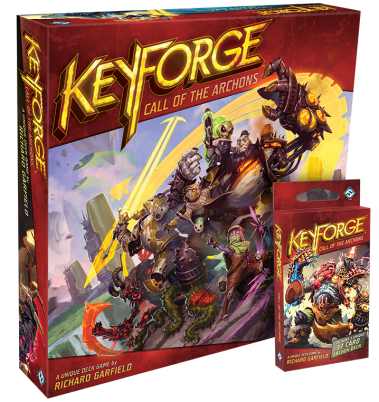Disney’s Lorcana comes out later this year, and card image teasers made it look like a near-exact Magic: the Gathering clone. Now the quick-start rules are out, and it is *definitely* a shameless Magic clone. But the few differences it does have are genius, the most important one being:
Land and Mana Screw
I once invented a format where you could play Magic using any random pile of cards. You’d draw 7, and then you could devote any one of them to being an “omni-land”, once per turn, by placing it face-down. It could tap for any color mana. This solved mana screw because you never have to miss a land drop. But it also introduced a new layer of strategy, because do you commit your 7-drop creature to being a land early to get going faster? Or do you actually need to hold onto that 7-drop to win with it later? So you have a strategic choice to make about which cards you commit to being land and when.
And that is exactly how Lorcana works.

Summoning Sickness
Mana is “ink” and creatures are the “glimmers” of characters, and when you play them, you have to wait a turn “for the ink to dry”. Lol! At least it makes more sense than Summoning Sickness.
Conflict
In an amazing example of Disney-fication, you do not attack and kill your opponents like you do in Magic. Instead, your creatures “go on Quests to gather lore”. They tap to gain you Lore points, and when you have 20 you win. So it is basically the same, just worded differently. But Quests cannot be blocked. Instead, by way of defense, any “exerted” (tapped) creature can be “challenged” (fought) by another creature. And damage is dealt like Wither, so creatures accrue -1 tokens until they are finished off. So you can’t directly attack your opponent, but if they use their creatures, you can damage them.
Color Pie
Lorcana has six colors: Amber, Amethyst, Sapphire, Emerald, Ruby, and Steel, which is like Magic’s 5 along with artifacts.
When you enter a card into your inkwell to serve as land, obviously all the card backs will look identical, so how do you keep track of the different mana types? Well, once you’ve built your deck you don’t have to. Mana/ink is just mana/ink. But the color distinction is important in deck construction because of this rule: each deck can only contain one or two different ink types. That’s it!
Honestly I think I like Magic’s way of handling colors and variety better, but there is really something to be said for the removal of the possibility of mana screw – famously one of Magic’s least popular components.

Card Types and Songs
Lorcana has Characters, Items, and Actions, and, interestingly, another card type called Songs. A Song is an action, however it can be cast with Convoke if you control a Character with mana value equal to or greater than the mana value of the Song you’re trying to sing. In other words, they sing the song for you! That’s pretty neat – fun and flavorful.
It’s the same exact game
Each turn in Lorcana even begins with Untap, Upkeep, Draw, only it’s called the even cuter: Ready, Set, Draw!
You start by drawing 7 cards. You can then mulligan. You don’t draw if you’re going first. Decks are 60 cards. I mean, they could’ve changed *some* of these details just to make it look and feel a little different. But they didn’t.
Conclusion
I have to say that for the very reason that Lorcana looks like such a blatant ripoff of Magic, I am all the more excited to try it!















